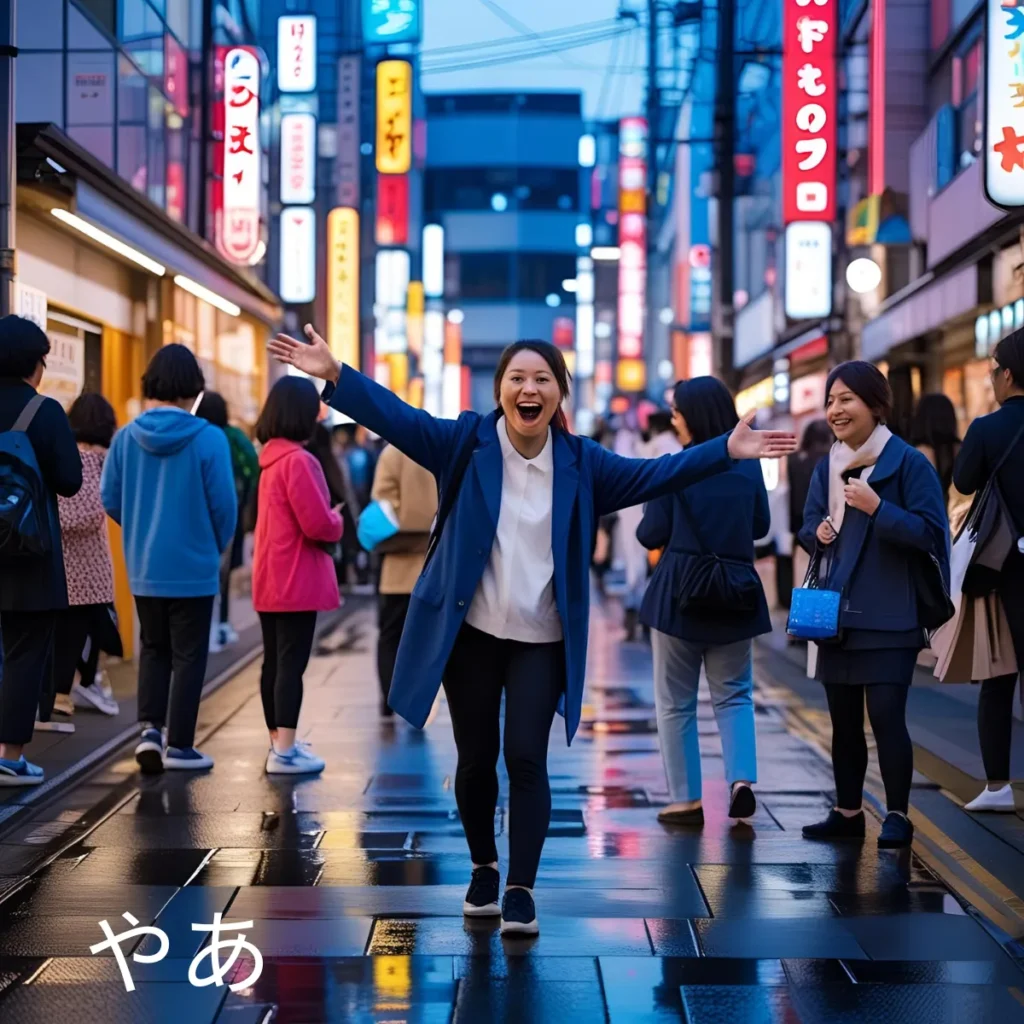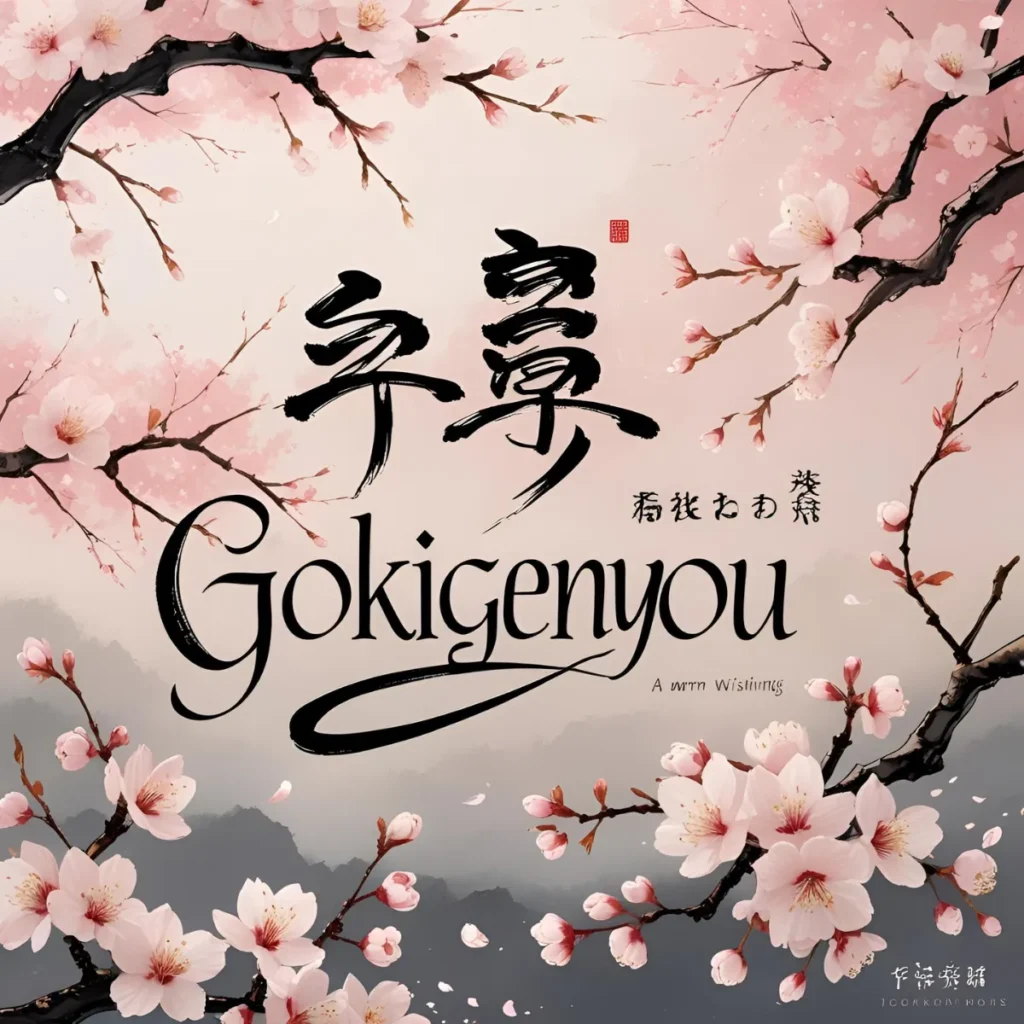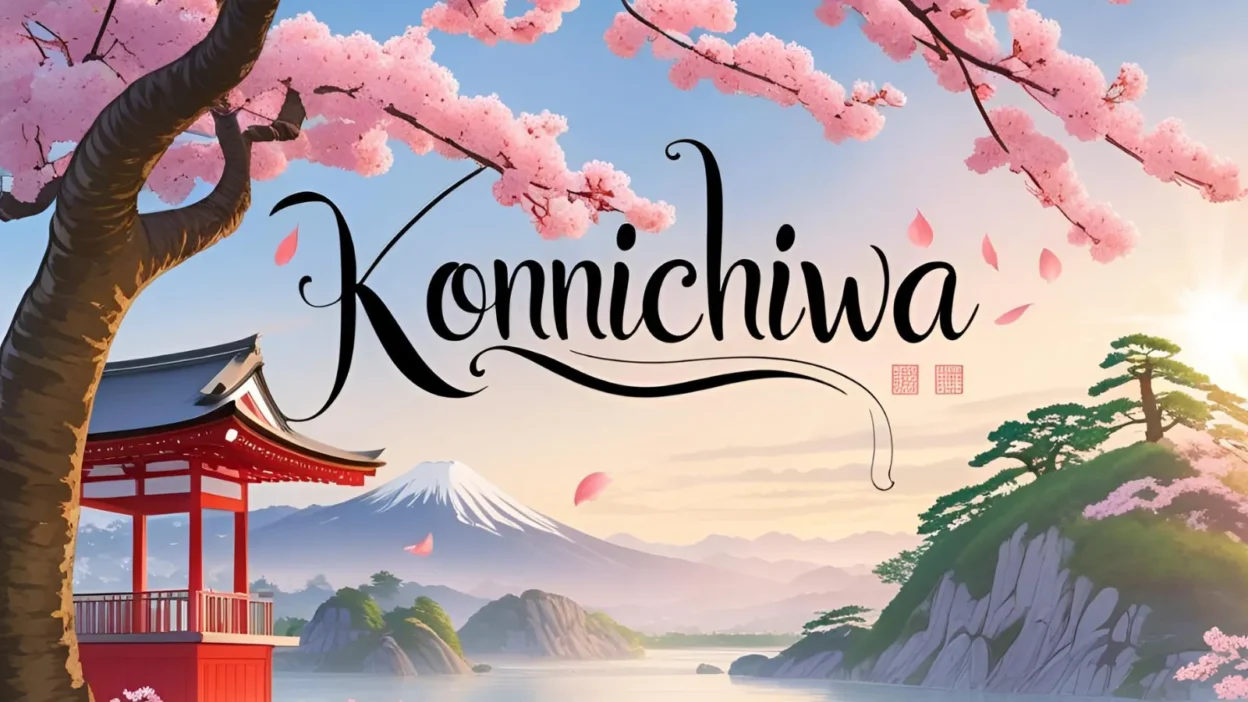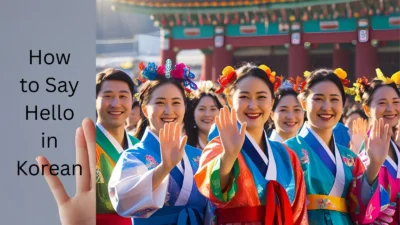If you’re beginning to learn the language, one of the first things you’ll want to know is how to say hello in Japanese. The most common and polite greeting is “Konnichiwa” (こんにちは), which is typically used during the daytime. However, Japanese has different greetings depending on the time of day and level of formality.
Learning how to say hello in Japanese helps you make a respectful first impression and shows that you value the culture and traditions of Japan.
Other greetings include “Ohayou gozaimasu” (おはようございます) for morning and “Konbanwa” (こんばんは) for evening. Mastering these phrases helps you sound natural and polite in any situation.
Say Hello in Japanese
Here are 15 ways to say “hello” in Japanese, complete with real-life conversation examples and cultural context so you won’t just speak Japanese—you’ll speak it right.
1. こんにちは (Konnichiwa) – Hello / Good afternoon
Origin:
Literally means “this day” or “today.” Originally part of a longer greeting, it has been used as a standard “hello” since the Edo period.
Example:
👤 User A: こんにちは、山田さん。
👤 User B: こんにちは!お元気ですか?
(Hello, Mr. Yamada. — Hello! How are you?)
Use:
Neutral and polite. Best used from late morning to late afternoon.
2. おはようございます (Ohayou gozaimasu) – Good morning
Origin:
Derived from the word 早い (hayai), meaning “early.” The “gozaimasu” ending adds formality.
Example:
👤 User A: おはようございます、先生!
👤 User B: おはようございます、田中さん。
(Good morning, teacher! — Good morning, Tanaka.)
Use:
Formal “good morning,” used in work, school, and respectful settings.
Read Also: How to Say I Love You in Japanese: 15 Romantic & Cultural Ways

3. おはよう (Ohayou) – Morning!
Origin:
Casual version of “ohayou gozaimasu.”
Example:
👤 User A: おはよう!遅かったね。
👤 User B: うん、寝坊しちゃった。
(Morning! You’re late. — Yeah, I overslept.)
Use:
Informal and friendly. Use with close friends or family.
4. こんばんは (Konbanwa) – Good evening
Origin:
Literally means “this evening.” It started as part of a longer phrase and became a standard evening greeting.
Example:
👤 User A: こんばんは。初めまして。
👤 User B: こんばんは、よろしくお願いします。
(Good evening. Nice to meet you. — Good evening, pleased to meet you.)
Use:
Polite and commonly used after dark.
Read Also: How to Say Hello in Korean: 15 Polite, and Fun Greetings
5. やあ (Yā) – Hey / Hi

Origin:
A casual interjection used like “hey!” in English.
Example:
👤 User A: やあ!久しぶりだね。
👤 User B: 本当だね!元気?
(Hey! Long time no see. — Yeah, it has been! You good?)
Use:
Very casual, used mostly among young people or friends.
6. もしもし (Moshi moshi) – Hello (on the phone)
Origin:
Used since the early days of the telephone in Japan. Originally meant “I say, I say” for clarity over poor lines.
Example:
👤 User A: もしもし、田中ですけど。
👤 User B: あ、もしもし!お世話になっております。
(Hello, this is Tanaka. — Ah, hello! Thank you for your help.)
Use:
Only on the phone.
Read Also: How to Say I Love You in Spanish
7. おす (Osu) – Yo! / Hey!
Origin:
Originated in martial arts dojos. It’s a mix of “osu” (押忍) meaning “push” and “endure.” Shows respect and toughness.
Example:
👤 User A: おす!今日の稽古がんばろう!
👤 User B: おす!よろしく!
(Yo! Let’s train hard today. — Yo! You got it!)
Use:
Casual, masculine, mostly among male friends or in martial arts.
8. どうも (Doumo) – Hi / Thanks / Hey
Origin:
An all-purpose word meaning “very” or “thanks,” but often used as a brief, casual “hi.”
Example:
👤 User A: どうも!
👤 User B: あ、どうもどうも!
(Hey there! — Hey hey!)
Use:
Casual, friendly, often when passing by someone you know.
Read Also: How to Say Thank You in Japanese: 15 Beautiful Ways to Express
9. お疲れ様です (Otsukaresama desu) – Hello at work / Thanks for your work
Origin:
Means “you must be tired,” but used as a greeting to acknowledge someone’s effort.
Example:
👤 User A: お疲れ様です、ミーティング行きますか?
👤 User B: はい、今行きます。
(Hello, are you going to the meeting? — Yes, I’m heading there now.)
Use:
Polite and common in workplaces.
10. 久しぶり (Hisashiburi) – Long time no see
Origin:
Means “It’s been a while.” Used when reuniting after a break.
Example:
👤 User A: 久しぶりだね!元気だった?
👤 User B: 久しぶり!うん、元気だよ。
(Long time no see! How’ve you been? — Yeah! I’m good.)
Use:
Casual, friendly.
11. ごきげんよう (Gokigenyou) – Good day / Hello (Elegant)

Origin:
An old-fashioned greeting used in formal or poetic speech, and still heard in anime or private school settings.
Example:
👤 User A: ごきげんよう、皆様。
👤 User B: ごきげんよう。素敵な日を。
(Good day, everyone. — Good day. Have a lovely one.)
Use:
Elegant, formal, or nostalgic.
12. はい (Hai) – Yes / Used as a greeting in some contexts
Origin:
While it means “yes,” in Japanese classrooms or business, it’s also a way to acknowledge presence when greeted.
Example:
👤 User A: 鈴木さん?
👤 User B: はい!
(Mr. Suzuki? — Yes!/Here!)
Use:
Acknowledgment or greeting in formal settings.
13. お邪魔します (Ojama shimasu) – Hello (When entering someone’s home)
Origin:
Means “I’m disturbing you.” Shows humility when entering someone’s private space.
Example:
👤 User A: お邪魔します。
👤 User B: いらっしゃい!ゆっくりしてね。
(Excuse me for bothering you. — Welcome! Make yourself at home.)
Use:
Always say this when entering a Japanese home or office.
14. ただいま (Tadaima) – I’m home!
Origin:
Short for “tadaima kaerimashita” (I’ve just returned). Part of a cultural greeting ritual.
Example:
👤 User A: ただいま!
👤 User B: おかえりなさい!
(I’m home! — Welcome back!)
Use:
Used when returning home.
15. いらっしゃいませ (Irasshaimase) – Welcome (in stores)
Origin:
A super-polite way to say “welcome,” used by shopkeepers and staff.
Example:
👤 User A (Shopkeeper): いらっしゃいませー!
👤 User B (Customer): こんにちは。見てるだけです。
(Welcome! — Hello. Just browsing.)
Use:
Only said by staff to customers, never the other way around.
FAQs
- What is the most common way to say hello in Japanese?
The most common greeting is “こんにちは” (Konnichiwa), used during the daytime. - How do you say hello in the morning?
Use “おはようございます” (Ohayou gozaimasu) for a polite “good morning.” - How do you say hello casually?
Friends or peers often say “やあ” (Yaa) or “こんにちは” (Konnichiwa) casually. - Can hello be used at night in Japanese?
At night, you can use “こんばんは” (Konbanwa), which means “good evening.” - Is there a formal way to greet someone in Japanese?
Yes — “はじめまして” (Hajimemashite) is used when meeting someone for the first time. - Can you use hello in text messages in Japanese?
Yes — casual greetings like “やあ” (Yaa) or “こんにちは” (Konnichiwa) are common in texts. - Does bowing matter when saying hello?
Yes — bowing is an important part of greetings and shows respect in Japanese culture.
Conclusion:
Now that you’ve learned how to say hello in Japanese, you’re ready to greet others with confidence and cultural awareness. From the everyday “Konnichiwa” to time-specific phrases like “Ohayou gozaimasu” and “Konbanwa,” each greeting helps you connect politely in any situation. These simple words reflect the politeness and respect deeply rooted in Japanese culture.
Keep practicing how to say hello in Japanese to make your interactions smoother and more authentic. A proper greeting is the first step to meaningful communication. 🌸



